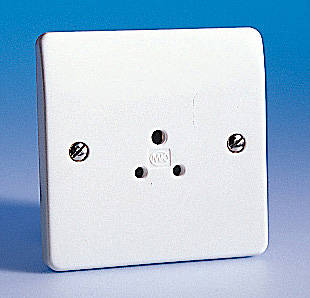- Joined
- 28 Jun 2006
- Messages
- 25
- Reaction score
- 0
- Country

I changed that so it wasn't quite to strongly worded  I know you guys are only trying to help, but seriously, I'm not the sort of person that just takes a "Hey, you cant understand this" and walks away with that. If I have to snag a books on electrics and learn all this crap I will, or take a course or something, but I want to know what to do! And you'd be helping me a lot if you could take 10 minutes from your schedules and just give me some free advice.
I know you guys are only trying to help, but seriously, I'm not the sort of person that just takes a "Hey, you cant understand this" and walks away with that. If I have to snag a books on electrics and learn all this crap I will, or take a course or something, but I want to know what to do! And you'd be helping me a lot if you could take 10 minutes from your schedules and just give me some free advice.
As for killing my entire family with 2 plug sockets, I am aware that if I put to much load on the cables, they could end up burning my house down. Which is why I'm trying to get some advice!
Right, I'm going to have a tinker in the fuse box with my hammer.
As for killing my entire family with 2 plug sockets, I am aware that if I put to much load on the cables, they could end up burning my house down. Which is why I'm trying to get some advice!
Right, I'm going to have a tinker in the fuse box with my hammer.
Maxxy said:Yes. Unless you get building control involved.tonyenkiducx said:I want to install 2 plug sockets, and your telling me I have to pay an electrician to do that?
Quite possibly yes.tonyenkiducx said:And that by putting in 2 sockets, I might kill everyone around me?
tonyenkiducx said:And that with all your cumulative knowledge, you cant help me get two little sockets wired in?
you would be better off using full size sockets, not little ones

